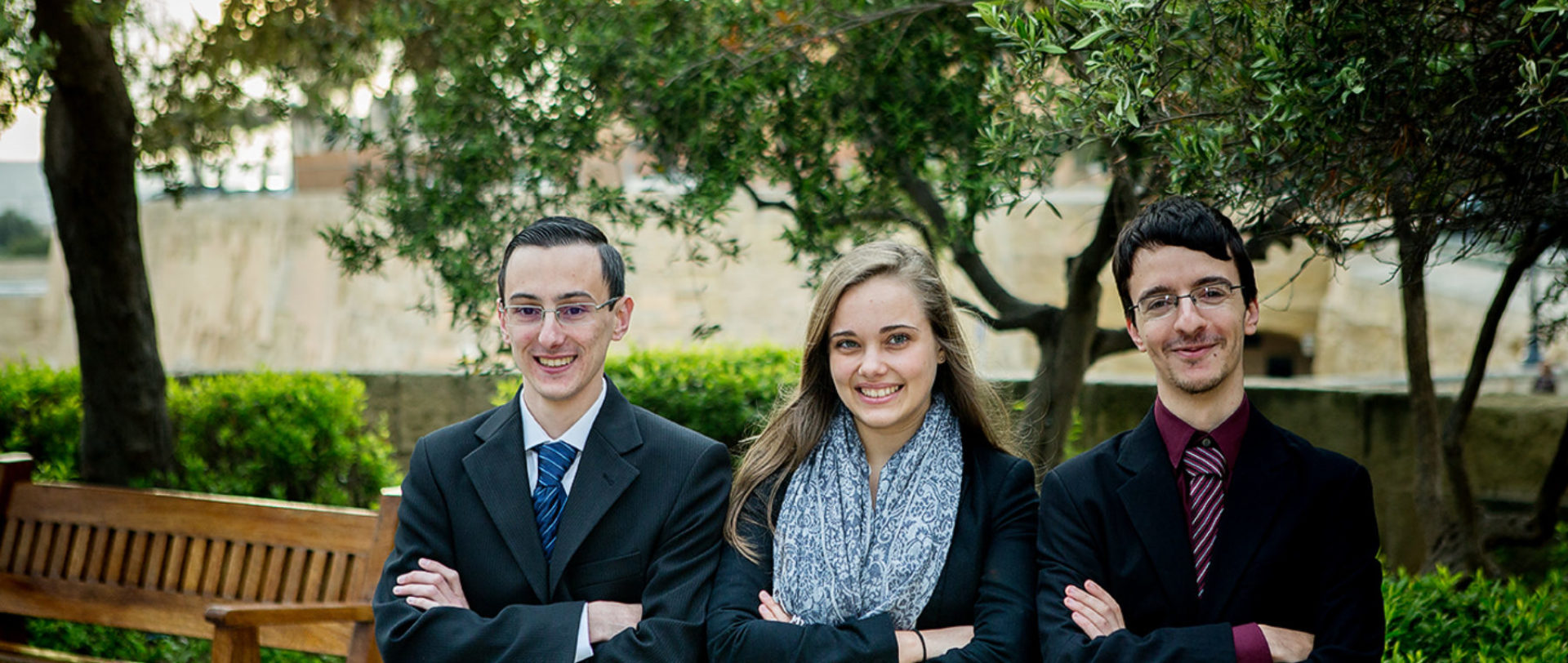The Intermediate Spent Fuel Storage ISF-2 and the Safe Containment project
Speaker: Dr Ing Fulcieri Maltini SMIEEE, PES, Comsoc
Date: Friday 22nd May 2015
Venue: MCAST, Institute of Electrical and Electronics Engineering, D201
Time: 18:00
FM Consultants Associates, France
Abstract
In 1993 following the 26th April 1986 Chernobyl accident, the G7 launched an initiative on the prevention of nuclear accidents within Russian-built plants and agreed that the EBRD European Bank for Reconstruction and Development, establishes a fund aimed at the closure and decommissioning of some Russian-built Nuclear Power plants of the RBMK and VVER 440-230 type. The initiative initially included the plants of Ignalina units 1 and 2 in Lithuania, Kozloduy units 1, 2, 3 and 4 in Bulgaria, Saint Petersburg units 1, 2, 3, and 4 in the Russian Federation. In 1996, Chernobyl three remaining units in Ukraine were added to the scope. The fund contributors included the G7 countries, the EU, Belgium, Denmark, Finland, the Netherlands, Norway, Sweden, and Switzerland. Initial contributions were in excess of € 285 million. As of today 22 countries and the European Community are contributing with grants for the safety upgrades and the decommissioning of the above nuclear power plants. The concept, which had been accepted by the plant’s countries, included for each plant a safety assessment, the construction of an essential number of short terms safety improvements facilities and the final closure of the plant. Later an additional special fund was established for the decommissioning of each plant. Dr Fulcini has been responsible for the decommissioning program of the Chernobyl units in Ukraine and the Ignalina units in Lithuania. Both programs, initiated in 1996, are still under way and it is not expected they will be concluded before the next ten years.
Biography
Dr Ing Fulcieri Maltini, is a graduate in Electrical Engineering, has a Doctorate in Electronics Engineering from the University of Rome, Italy and several European and US management diplomas. He started his professional activity in 1961 as professor of Microwaves at the University of Rome. He then joined Selenia/Raytheon where he was involved in radar and space instrumentation research. He then moved to CERN, the European Organisation for Nuclear Research in Switzerland where he was responsible for high-energy physics data acquisition and processing.
This was followed by an industrial career in Belgium, USA, France, and Spain with Westinghouse Electric and Framatome in the nuclear energy field where he was in charge of the planning and design of power plants and the transfer of reactor technology. Later he joined Technigaz and Alsthom-Atlantique developing marine, and industrial technologies including the design and planning of LNG carriers and LNG marine terminals and a Nuclear powered Ice Breaker ship for the Canadian Coast Guards. In 1980 he was appointed managing director of Société Générale pour
l’Industrie Consulting Engineers in Switzerland followed later by a senior position with Elektrowatt Engineering mostly involved in planning and development of international projects of conventional and renewable energy, energy efficiency in industry and building, technology transfer and venture capital.
In 1994 he joined the EBRD European Bank for Reconstruction and Development in London where he was responsible for the Nuclear Safety, decommissioning and the closure of Soviet-built Nuclear Power Plants such as Chernobyl, Ignalina, Kozloduy, and others. Additional responsibilities were to develop investments and financing for
energy and industrial projects in Eastern Europe and Russia. In 1997 he returned to independent consulting activities, advising Governments, the UN Industrial Development Organization, the European Investment Bank, the European Commission and other international institutions as well as the industry. This included energy and high-tech industrial technology sectors (automotive, aeronautics, robotics, photovoltaic, wind generators etc), sustainable development, conventional, renewable energy technologies, biofuels, energy efficiency planning, standards, quality assurance and control including the introduction of standards in the life-cycle and eco-energy legislations. Activities have included the establishment of the country and regional energy strategies and planning (Italy, Slovenia, Morocco, South Africa, Zambia, Venezuela, Chile, India, Saudi Arabia) and the creation of national Energy Agencies supported by Governments and the European Commission (Italy, France, Switzerland, Croatia). Major activity has been carried out in the industrialization and financing of projects as well as funding of innovative technologies such as Hydrogen production by centrifuge assisted electrolysis, fuel cells, smart grids, microwave conversion of heavy hydrocarbon, innovative batteries and other and the establishment of spin-off/start up SMEs companies from Universities in Europe and Academies and Research Centres in Russia and Ukraine and cooperation with British Universities.
The development and financing of renewable energy projects (solar, wind farms, biomass) has been carried out in cooperation with the European Commission, the European Investment Bank, the European Bank for Reconstruction and Development as well as several international banks. In 2008 he was requested by the European Commission to conceive and design a solar power plant on the TRNC-Turkish Republic of Northern Cyprus to supply peak power to the grid. Following a detailed study on the energy sector in the TRNC, a 1.26 MWp photovoltaic plant was designed and was built on the site of Serhatköy. The entire life-cycle for the manufacturing of the PV components has been carried out.
This grid-connected plant is the only Photovoltaic plant on the island of Cyprus and is the largest in the East Mediterranean area. A study has been carried out to build on the TRNC two 20 MWp photovoltaic plants, one 100 MWe wind farm grid connected as well as a pumped-storage plant to compensate for the intermittent power produced by the renewable plants. Dr Ing Maltini, who speaks fluently four languages, has acquired a vast international experience in most countries of the world, carrying out studies, assessments and reviews of technologies and developing and managing projects in a wide range of energy and industrial areas as well as the financing of projects. Dr Ing Maltini is a Senior Life Member of IEEE and member of the IEEE Power & Energy Society and the IEEE Communications Society.


